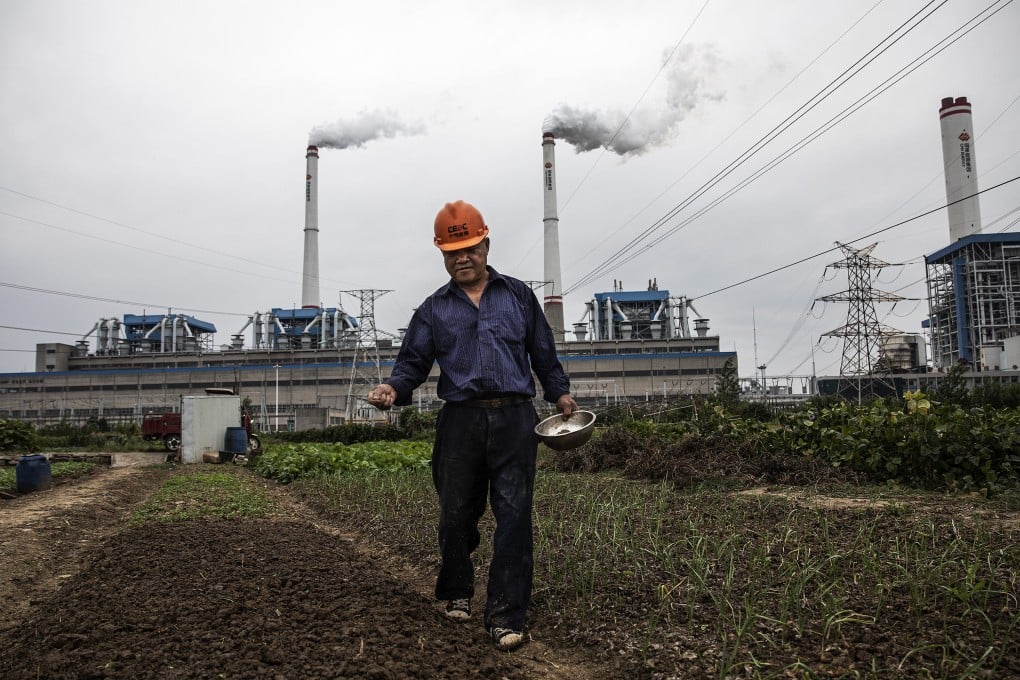Opinion | Coal seems to be making a comeback, despite the Glasgow climate pact
- Faced with power shortages due to extreme weather and war, countries from Asia to Europe have taken up coal again, pushing global consumption towards a record high
- The great coal phase-down agreed to at the UN climate change conference in Glasgow last year is starting to look more like a phasing in of the fuel

Coal is both the cheapest source of energy and the biggest producer of greenhouse gases, which are responsible for climate change. Most developing countries still rely on coal – India is the second largest consumer of coal behind China.
Despite India’s net-zero carbon goal and plans to develop renewable energy sources, its demand for coal is at an all-time high. And this demand is set to rise by a further 63 per cent by 2030, according to the country’s coal minister.
Coal-fired thermal power plants provide about 70 per cent of India’s energy needs. In April, coal stocks at more than 100 thermal power plants fell below the critical threshold of 25 per cent of what was needed, prompting several states to ask for extra coal supplies from Coal India Ltd, the government-owned coal producer. Six months on, coal stocks remain low.
Rising demand for electricity is the main cause of the coal shortage, forcing India to import the fuel, increasingly from Indonesia and Russia. According to consultancy Wood Mackenzie, India’s thermal coal imports are expected to rise by 7 per cent to 158 million tonnes this year, and a further 3 per cent to 163 million tonnes next year.


